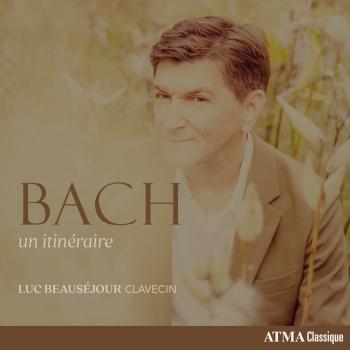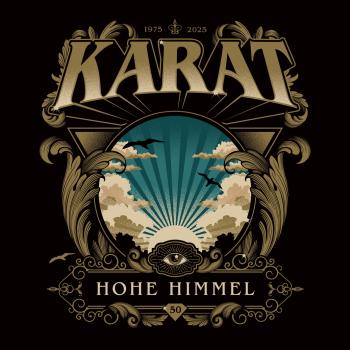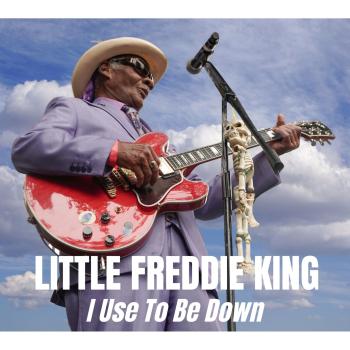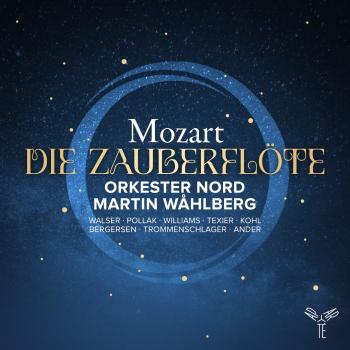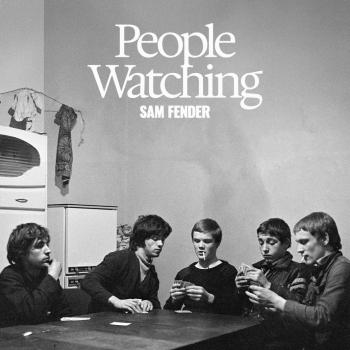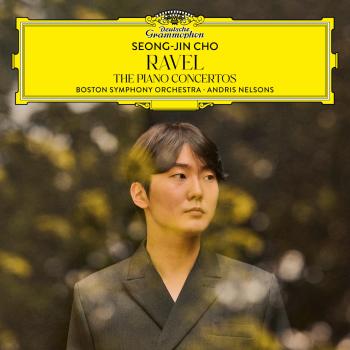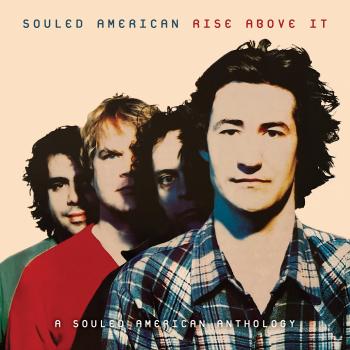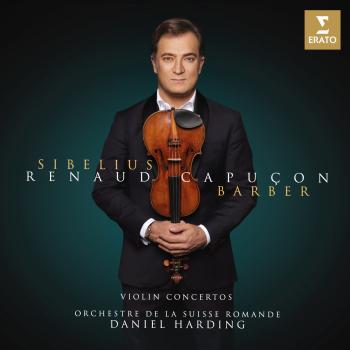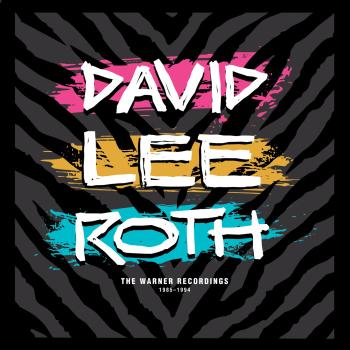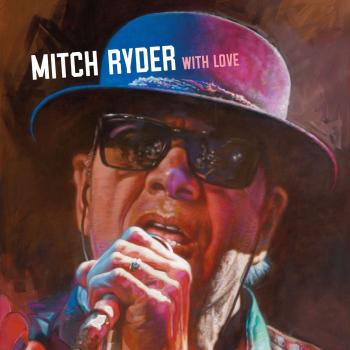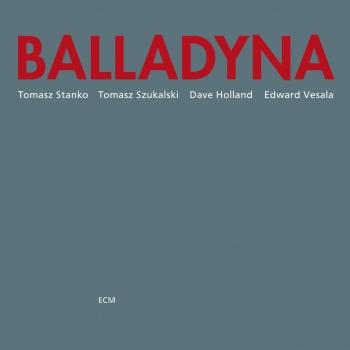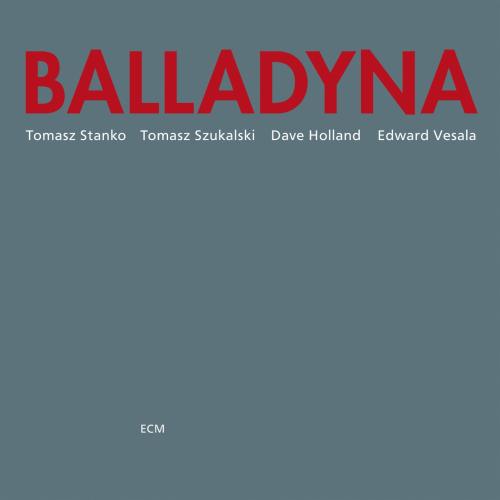
Balladyna (2023 Remaster) Tomasz Stanko
Album info
Album-Release:
1976
HRA-Release:
21.07.2023
Album including Album cover
I`m sorry!
Dear HIGHRESAUDIO Visitor,
due to territorial constraints and also different releases dates in each country you currently can`t purchase this album. We are updating our release dates twice a week. So, please feel free to check from time-to-time, if the album is available for your country.
We suggest, that you bookmark the album and use our Short List function.
Thank you for your understanding and patience.
Yours sincerely, HIGHRESAUDIO
- 1 First Song 07:43
- 2 Tale 03:28
- 3 Num 07:11
- 4 Duet 02:55
- 5 Balladyna 07:59
- 6 Last Song 06:02
- 7 Nenaliina 05:29
Info for Balladyna (2023 Remaster)
Tomasz Stanko's erstes Album für ECM und eine großartige Einführung in seinen "ominösen Lyrismus", der als stilistisches Markenzeichen des polnischen Trompeters gilt.
"Ich kann mir nur vorstellen, welche Reaktionen Tomasz Stanko mit Balladyna, seiner ersten Aufnahme für ECM, hervorgerufen hat. Das unumwundene "First Song" springt mit jenem harten Swing an, der nur von Dave Holland stammen kann. Zu diesem Gebräu gesellen sich die weitreichenden Percussions von Edward Vesala und die würzigen Soli unseres Frontmanns und von Tomsaz Szukalski, und schon hat man ein Jambalaya zum Genießen und Erinnern. Nach einem solch kulminierenden Opener könnte Stanko von mir aus "Happy Birthday" spielen. Dankenswerterweise (aber wer weiß, was dieses Quartett mit einer solchen Allgegenwart hätte anfangen können?) bekommen wir das von Ornette Coleman inspirierte "Tale", das den Übergang vom rohen zum gekochten Jazz treffend beschreibt. Man spürt die große Aufmerksamkeit, mit der jeder Musiker dem anderen zuhört.
Diese lebendige, interaktive Energie setzt sich in "Num" fort, das von gestrickten Becken getragen wird, während sich die beiden Tomaszes ein ekstatisches Kopf an Kopf Rennen liefern. Ein mörderisches Bass-Solo rundet das Stück ab. Ein schwerfälliges Holland/Stanko-Zwischenspiel öffnet die Tür zur Titelnummer, die sich im Tutti steigert, bevor sie sich zu einem geradlinigen improvisatorischen Rausch ausweitet. Stanko kreischt über einer pointillistischen Rhythmusgruppe, und Szukalski tritt in die Fußstapfen, die er hinterlässt. Ein düsterer, spöttischer Ton kehrt in dem augenzwinkernd betitelten "Last Song" zurück und nickt wie ein Kopf, der dem Schlaf erliegt. Das feine Bläserspiel macht dieses Stück zu einem echten Highlight. Das eigentliche letzte Lied, "Nenaliina", ist eine überschwängliche Quelle von Perkussionen mit einem blechernen Schwanz.
Nach all den Jahren beißen die Zähne von Balladyna immer noch ordentlich zu. Wer den Herzschlag des Labels in seiner Blütezeit hören will, braucht sein Ohr an keine andere Brust zu legen." (Tyran Grillo auf Between Sound and Space)
Tomasz Stańko, Trompete
Tomasz Szukalski, Tenorsaxophon, Sopransaxophon
Dave Holland, Bass
Edward Vesala, Schlagzeug
Aufgenommen im Dezember 1975, im Tonstudio Bauer, Ludwigsburg, Deutschland
Produziert von Manfred Eicher
Digitally remastered by Christoph Stickel
Tomasz Stanko
When Tomasz Stanko won the European Jazz Prize in 2002, the jury declared: “Stanko has developed a unique sound and personal music that is instantly recognizable and unmistakably his own... A world-class player, a stylist, a charismatic performer and original composer.” In the 1990s, public recognition grew as a result of ECM recordings such as “Litania”, his tribute to Komeda, and “From the Green Hill” – which won the German Critics Prize as “Album Of The Year” in 2000. After a decade of working almost exclusively with his Polish quartet – as on the “Soul of Things”/”Suspended Night”/”Lontano” trilogy, Stanko began once again fielding new projects. In 2010 he introduced a young ‘Nordic’ band on “Dark Eyes” Now comes “Wisława” with his New York Quartet, a most exciting proposition. All three of his new associates inspire Tomasz Stanko to some of his most exciting playing. “It’s good to see an elder artist chase after a new idea.” wrote the New York Times’s Ben Ratliff of the group’s early performances. “Until quite recently, Tomasz Stanko made beautiful dirges, rubato soul-ache ballads with rumblings of free jazz. They came out on a string of fine records for the ECM label over a dozen years or so, and he changed bands several times during that period. But the work had an overall unity of mood and purpose... Both as a soloist and as a bandleader, he can pull off the dark emotions in his music. His trumpet tone is steady and stark, crumbled around the edges, and he makes his strong, short themes anchor the arrangements... Without radically changing the character of his music – he still loves ballads, still foregrounds a lonely melody – Mr Stanko is allowing its balances to shift.
[The] music was hard to define, in an excellent way. It used steady rhythms and vamps as well as free improvisation; it was both a collection of solos and a sequence of careful chapters (...). Some extraordinary passages unfolded without any of the musicians making them seem formal, almost as if natural forces were moving the musicians’ hands.”
This album contains no booklet.

